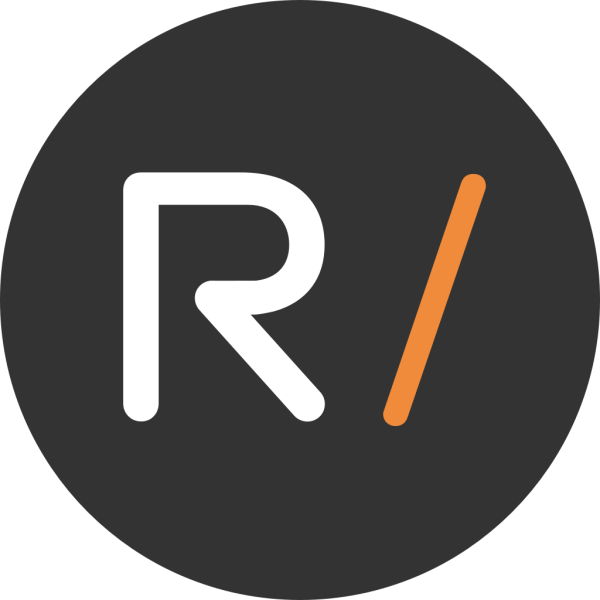Why Employee Benefits Education Matters
Imagine you're a software developer at a growing SaaS startup. Your company offers a fantastic benefits package, including health insurance, a 401(k) plan, and various other perks. But if you don't understand how these benefits work or how to make the most of them, are you really getting the full value of your compensation?
This scenario is all too common. Many employees leave money on the table or miss out on valuable protections simply because they don't fully grasp their benefits. For companies, this can lead to decreased employee satisfaction, lower retention rates, and ultimately, a hit to the bottom line.
The Open Enrollment Period: A Critical Time for Education
One of the most important times for benefits education is during the open enrollment period. This annual window, typically lasting just a few weeks (often between September and November), is when employees can make changes to their benefit selections for the upcoming year. It's crucial for employees to understand that many benefits can only be changed during this period unless they experience a qualifying life event (QLE) such as getting married, having a child, or changing jobs.
For B2B SaaS firms, this presents unique opportunities. For instance, some cloud-based HR platforms now offer interactive benefits selection tools that guide employees through their options, explaining complex terms and helping them make informed decisions based on their individual needs and circumstances.
Key Benefits to Focus On
Health Insurance
This is often the most significant benefit provided by employers.
Employees need to understand key concepts like:
- Deductibles: The amount you pay before insurance kicks in.
- Out-of-pocket maximums: The most you'll pay in a year.
- Premiums: Your monthly cost for the insurance.
- Copays: Fixed amounts you pay for specific services.
When choosing a plan, employees should consider their anticipated medical needs for the upcoming year and compare the total costs (premiums plus expected out-of-pocket expenses) of different plans.
Disability Insurance
This often comes in two forms:
- Short-term disability (STD): Covers shorter periods of disability.
- Long-term disability (LTD): Provides income replacement for extended periods of disability.
While both are important, LTD is often considered more crucial as it protects against catastrophic scenarios. Employees should understand the coverage amounts, waiting periods, and duration of benefits for each type.
Life Insurance
Many employers offer basic life insurance coverage for free, often equal to one year's salary or a set amount like $50,000.
Employees should be aware of:
- The basic coverage provided.
- Options to purchase additional coverage.
- Whether the policy is portable if they leave the company.
Legal Plans
These often-overlooked benefits can provide valuable services at a reduced cost.
Employees typically pay a small monthly fee for access to legal services like:
- Estate planning (wills, trusts, power of attorney).
- Traffic ticket defense.
- Real estate matters.
These plans can offer significant savings for employees who anticipate needing legal services.
Retirement Plans
Whether it's a 401(k) or 403(b), employees need to understand:
- Contribution limits.
- Employer matching (if available).
- Investment options.
- Vesting schedules for employer contributions.
While these can often be adjusted throughout the year, the open enrollment period is a good time to review and update elections.
Flexible Spending Accounts (FSAs) and Health Savings Accounts (HSAs)
These tax-advantaged accounts can provide significant savings but have specific rules:
- FSAs are typically "use it or lose it" and elections can only be made during open enrollment.
- HSAs are only available with high-deductible health plans but offer triple tax advantages and can be used as a retirement savings vehicle.
Innovative B2B SaaS Solutions for Benefits Education
The field of employee benefits education is ripe for innovation. Some cutting-edge B2B SaaS corporations are developing solutions that revolutionize how businesses approach this crucial area:
1. AI-Powered Personalization: Leveraging HR data to provide personalized benefits recommendations based on an employee's role, salary, and demographics.
2. Interactive Learning Tools: Creating engaging, interactive modules that guide employees through the benefits selection process, making complex decisions more manageable.
3. Year-Round Education: Offering features that send targeted, timely reminders about benefits throughout the year, not just during open enrollment.
4. Chatbots and Real-Time Support: Incorporating AI-powered chatbots that can answer employee questions in real-time, reducing the workload on HR departments.
5. Gamification: Introducing gamified benefits education programs that reward employees for learning about and optimizing their benefits package.
6. Integrated Communication: Offering benefits education integrations with popular business communication platforms, allowing HR to easily disseminate information.
7. Streamlined Enrollment: Creating specialized workflows for benefits enrollment, guiding employees through the process electronically.
8. Data-Driven Insights: Developing modules that track employee engagement with benefits information and help HR teams identify areas where more education is needed.
9. Automated Workflows: Developing benefits education processes that guide employees through learning about and selecting their benefits, integrating with existing HR systems.
10. Project Management for HR: Creating templates for HR teams to manage and track their benefits education initiatives, ensuring comprehensive coverage of all benefit types.
Making Benefits Education Engaging and Effective
The key to successful benefits education is making it engaging and accessible.
Strategies include:
1. Continuous Education: While open enrollment is crucial, benefits education should be an ongoing process.
2. Using Multiple Formats: Offer information in various formats, such as videos, infographics, and interactive tools, to cater to different learning styles.
3. Leveraging Technology: Use mobile apps, chatbots, and other tech tools to make information easily accessible.
4. Personalizing the Experience: Use data to provide personalized recommendations based on an employee's age, family status, and other factors.
.png)
Author 
The fastest way to build digital experiences. We empower businesses to convert PDFs, presentations and other content into interactive experiences & webpages with instant branding, analytics & more.